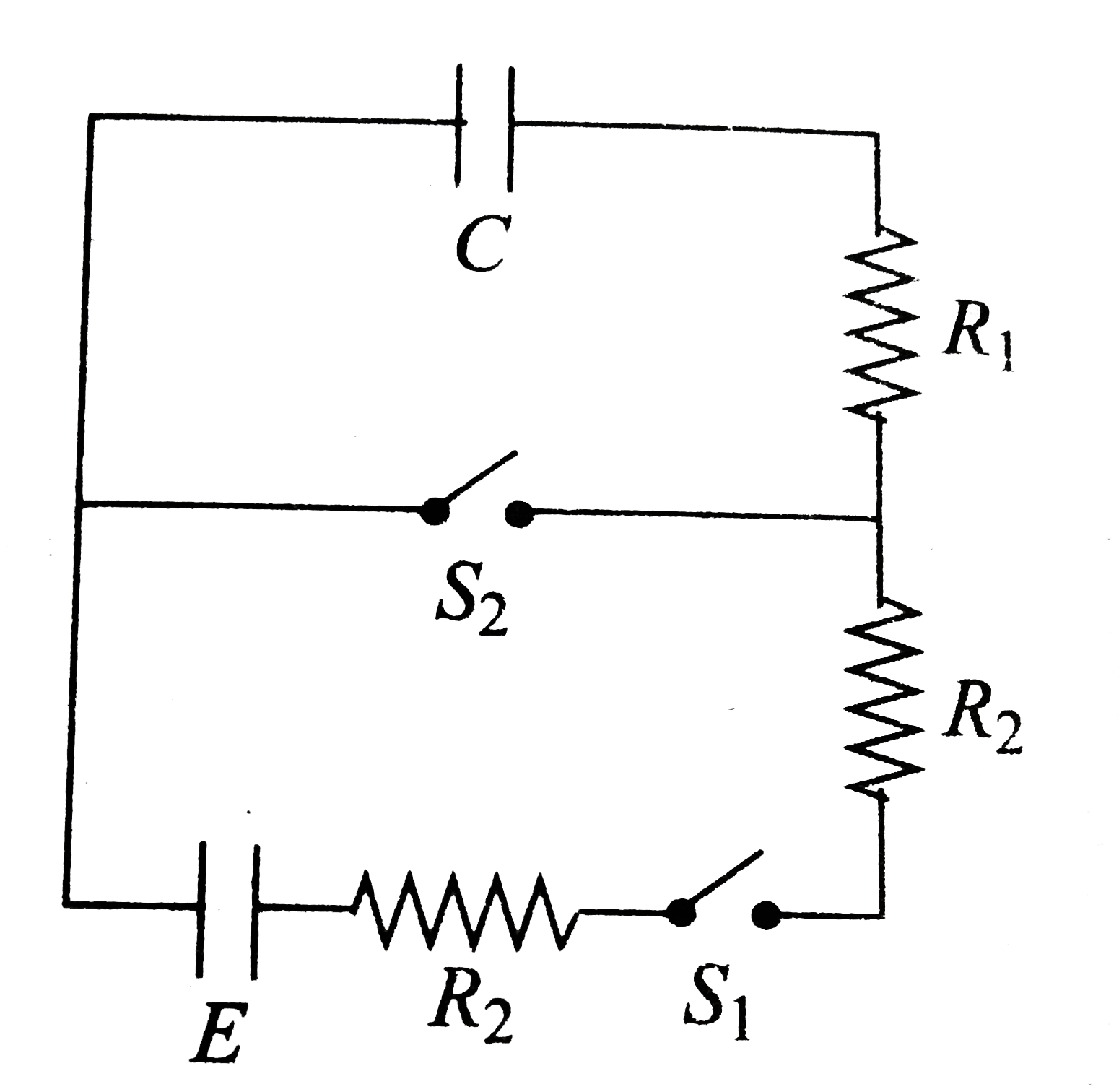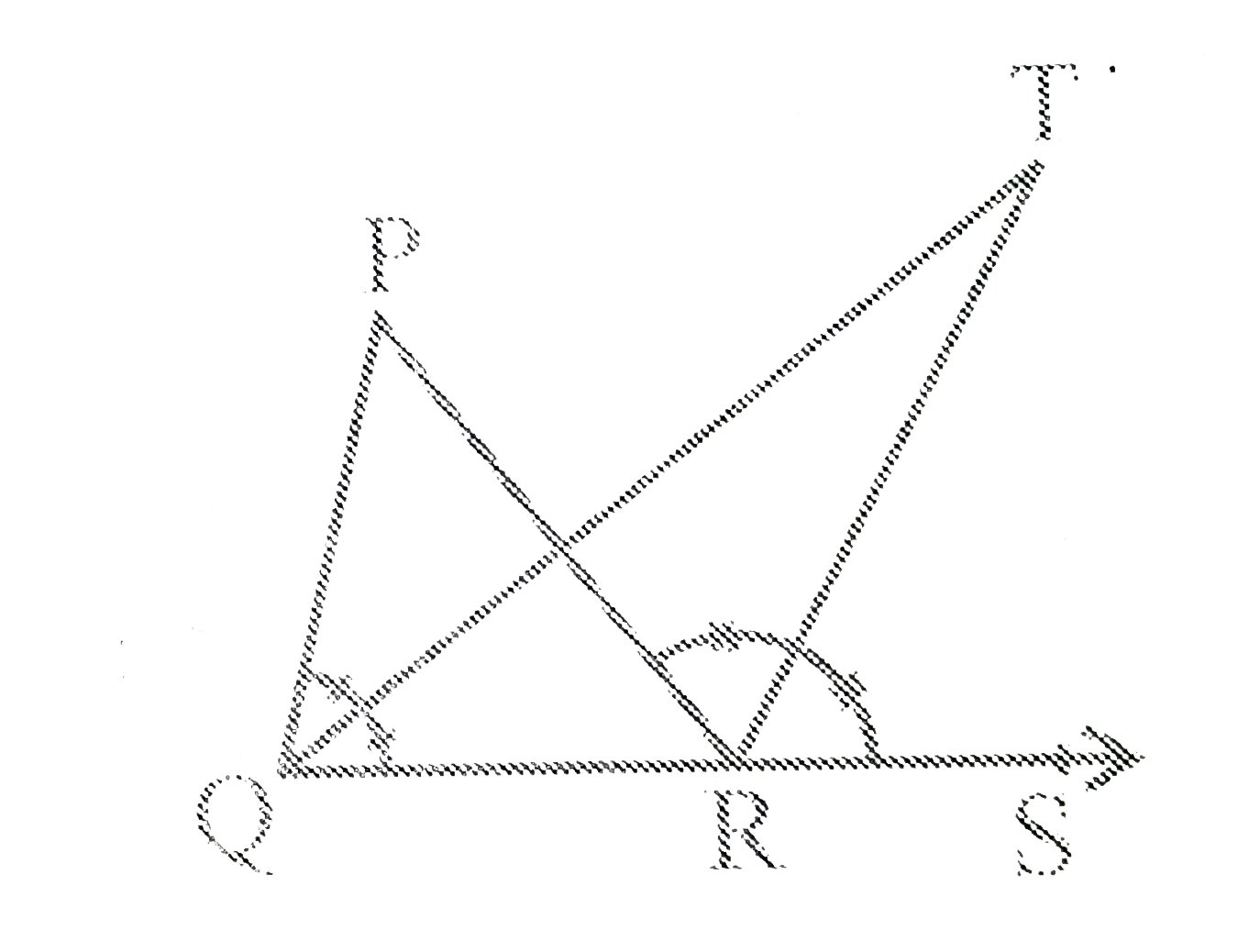If R:S=3:1andS:T=1:5, then R:S:T= _________.
The correct Answer is:3:1:5
To solve the problem of finding the combined ratio R:S:T given R:S=3:1 and S:T=1:5, we can follow these steps:
Step 1: Write down the given ratios
We have:
- R:S=3:1
- S:T=1:5
Step 2: Express the ratios in terms of a common variable
From the first ratio R:S=3:1, we can express:
- R=3x
- S=1x (where x is a common multiplier)
From the second ratio S:T=1:5, we can express:
- S=1y
- T=5y (where y is another common multiplier)
Step 3: Set the expressions for S equal to each other
Since both expressions represent S, we can set them equal:
1x=1y
This implies:
x=y
Step 4: Substitute back to find R and T in terms of x
Now we can substitute y with x:
- S=1x
- T=5y=5x
Now we have:
- R=3x
- S=1x
- T=5x
Step 5: Write the combined ratio
Now we can express the combined ratio R:S:T:
R:S:T=3x:1x:5x
Step 6: Simplify the ratio
Since x is a common factor, we can simplify the ratio:
R:S:T=3:1:5
Final Answer
Thus, the combined ratio R:S:T is:
R:S:T=3:1:5
---
We have:
- R:S=3:1
- S:T=1:5
From the first ratio R:S=3:1, we can express:
- R=3x
- S=1x (where x is a common multiplier)
- S=1y
- T=5y (where y is another common multiplier)
Since both expressions represent S, we can set them equal:
1x=1y
This implies:
x=y
Now we can substitute y with x:
- S=1x
- T=5y=5x
- R=3x
- S=1x
- T=5x
Now we can express the combined ratio R:S:T:
R:S:T=3x:1x:5x
Since x is a common factor, we can simplify the ratio:
R:S:T=3:1:5
Thus, the combined ratio R:S:T is:
R:S:T=3:1:5
Topper's Solved these Questions
- RATIO, PROPORTION AND VARIATIONBOOK - PEARSON IIT JEE FOUNDATIONCHAPTER - RATIO, PROPORTION AND VARIATIONEXERCISE - CONCEPT APPLICATION
60 Videos
- RATIO, PROPORTION AND VARIATIONBOOK - PEARSON IIT JEE FOUNDATIONCHAPTER - RATIO, PROPORTION AND VARIATIONEXERCISE - EXAMPLE
46 Videos
- PROFIT AND LOSS DISCOUNT AND PARTNERSHIP BOOK - PEARSON IIT JEE FOUNDATIONCHAPTER - PROFIT AND LOSS DISCOUNT AND PARTNERSHIP EXERCISE - CONCEPT APPLICATION (LEVEL 2)
29 Videos
- REAL NUMBERS AND LCM AND HCF BOOK - PEARSON IIT JEE FOUNDATIONCHAPTER - REAL NUMBERS AND LCM AND HCF EXERCISE - level -11
1 Videos
Similar Questions
If the mean of p, q, r, s, and t is 5, then (p - 5) + (q - 5) + (r - 5) + (s – 5) + (t - 5) =____________
View SolutionFor a cicuit shown in fing 5.235 swhitch S1isclosedatt=0, then at t=(2R2+R1)C,S1 is opened and S2 is closed.

a. Find the charge on capactior at t=(2R2+2R1)C.
b. Find current through R2 (adjacent to the battery) at t=(3R1+2R2)C.
View Solution
Knowledge Check
If tn=3n+1, then S6−S5=__________.
A243B81C77D27If R=a3+1a−1 and S=a2−a+1a+1, then R + S is:
Aa−1a+1B1a2+a+1C1Da(a3+2a2−2a+3)a2−1If p:q=r:s=t:u=2:3, then (mp + nr + ot) : (mq + ns + ou) Is equal to:
A3:2B2:3C1:3D1:2
In Fig. 6.44, the side QR of PQR is produced to a point S. If the bisectors of ∠PQR and ∠PRS meet at point T, then prove that ∠QTR=12∠QPR.

View SolutionAmong P, Q, R, S, T and U, P is taller than R and S, but not shorter than T and U, and Q is taller than R, S, T, and U but not as tall as P. Who amongst them is the tallest?
1) Data inadequate
2) T
3) Q
4) P
5) None of these
View SolutionIn an A.P. if S1=T1+T2+T3+…+Tn (n odd) S2=T1+T3+T5+…+Tn, then S1/S2 =
View SolutionThe matrix R(t) is defined by R(t)=[costsint−sintcost]. Show that R(s)R(t)=R(s+t).
View SolutionP is the father of Q and R is the son of S. T is the brother of P. Q is the sister of R. How is S related to T?
View Solution
